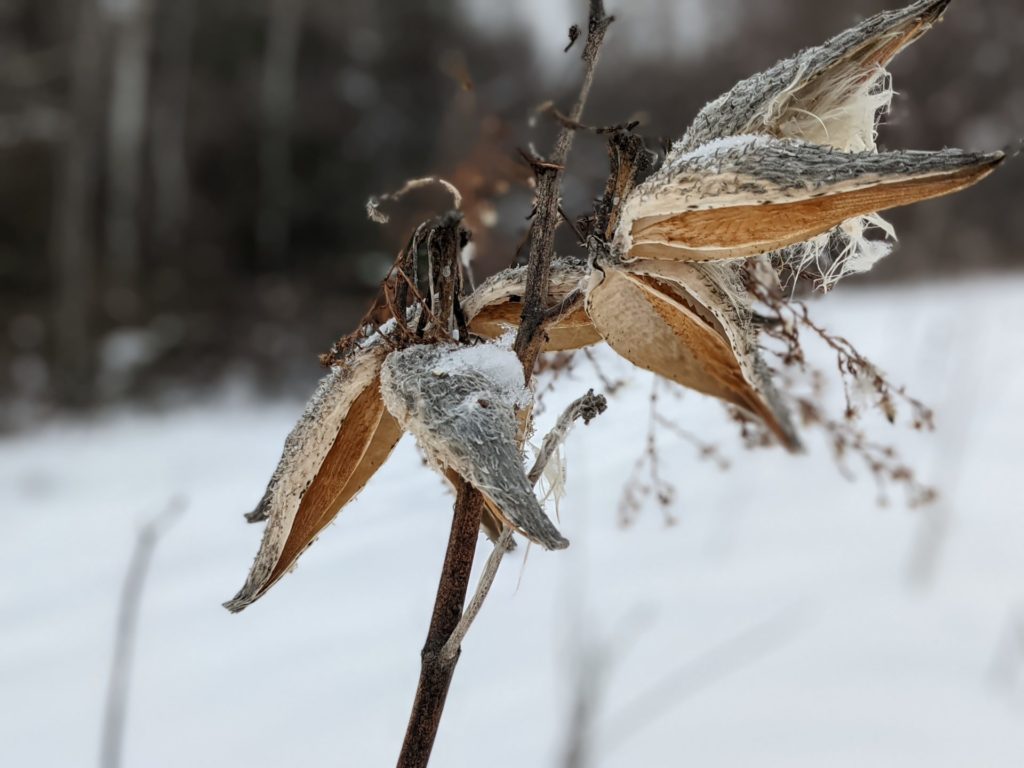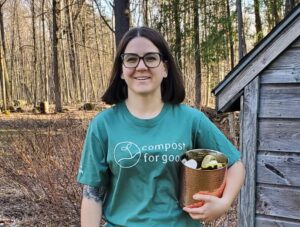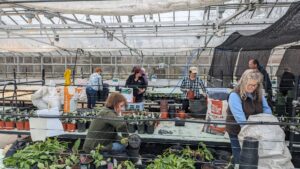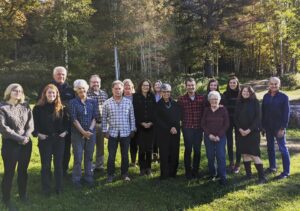Mother Nature plants seeds in winter, and so can you!
Bees, butterflies, and other pollinator populations are declining due to pesticide use, disease and parasite problems, and loss of food and nesting habitat. You can help increase pollinator habitat by planting native flowers that provide nectar or pollen, and avoiding use of pesticides and other chemicals. Get a head start on planting pollinator-friendly habitat by sowing seeds in the winter, just like Mother Nature!
Request your free wildflower seed packet here.
Planting Tips:
- Prepare a bed for your seeds by removing grass and weeds, or plant in an existing empty garden bed.
- In a bowl or bucket, mix your seeds with slightly damp sand to help distribute them more evenly onto the ground. It’s a good idea to plant extra seeds to make up for loss to birds and small mammals.
- Scatter the seed/sand mix over the area to be seeded and wait for the snow to come and “tuck them in.” If you miss the first couple of snows, it’s fine to sow the seeds right on top of the snow (though they may not germinate quite as robustly as those sowed directly onto the ground).
- To make sure the perennial wildflower seeds are subjected to a long enough stretch of cold, moist conditions, try to get the seeds sown by February.
Why it works
Freeze-thaw cycles help work the seeds into the soil, and a blanket of snow keeps the seeds from blowing away. As the snow melts in the spring, it provides the moist, cold conditions (called cold stratification) that many wildflower perennial seeds need to germinate. Until then, snow keeps the seeds mostly safe from wind and birds.





